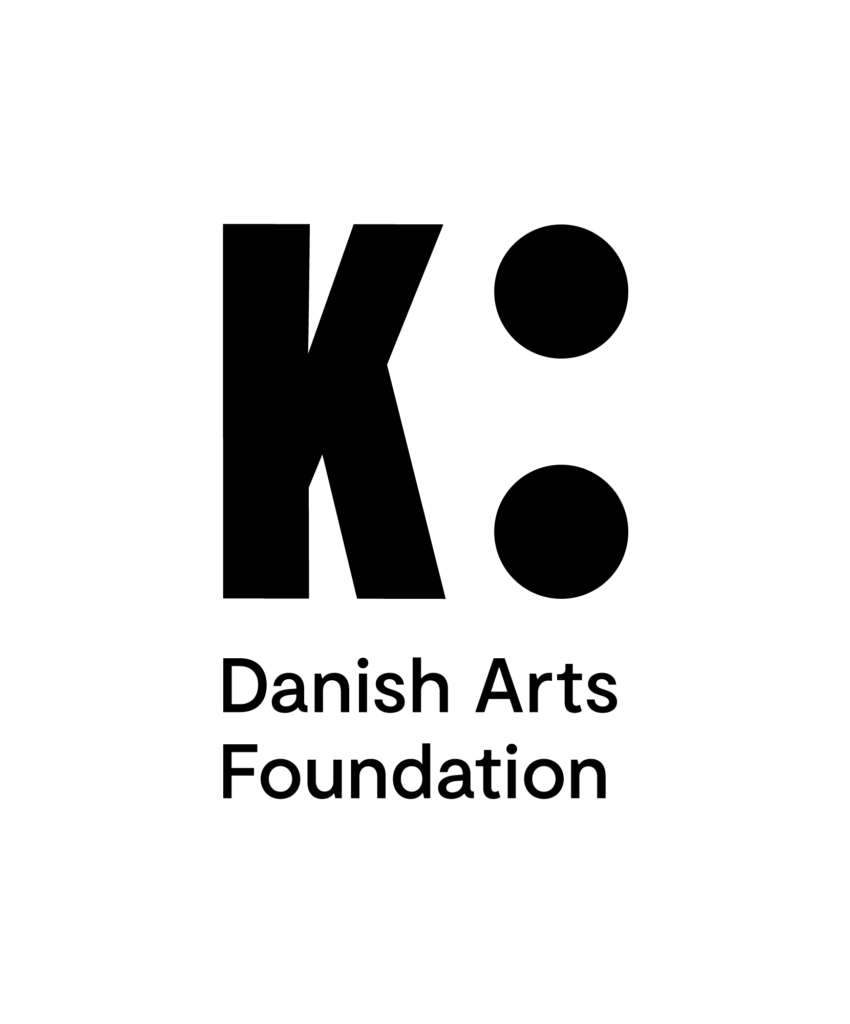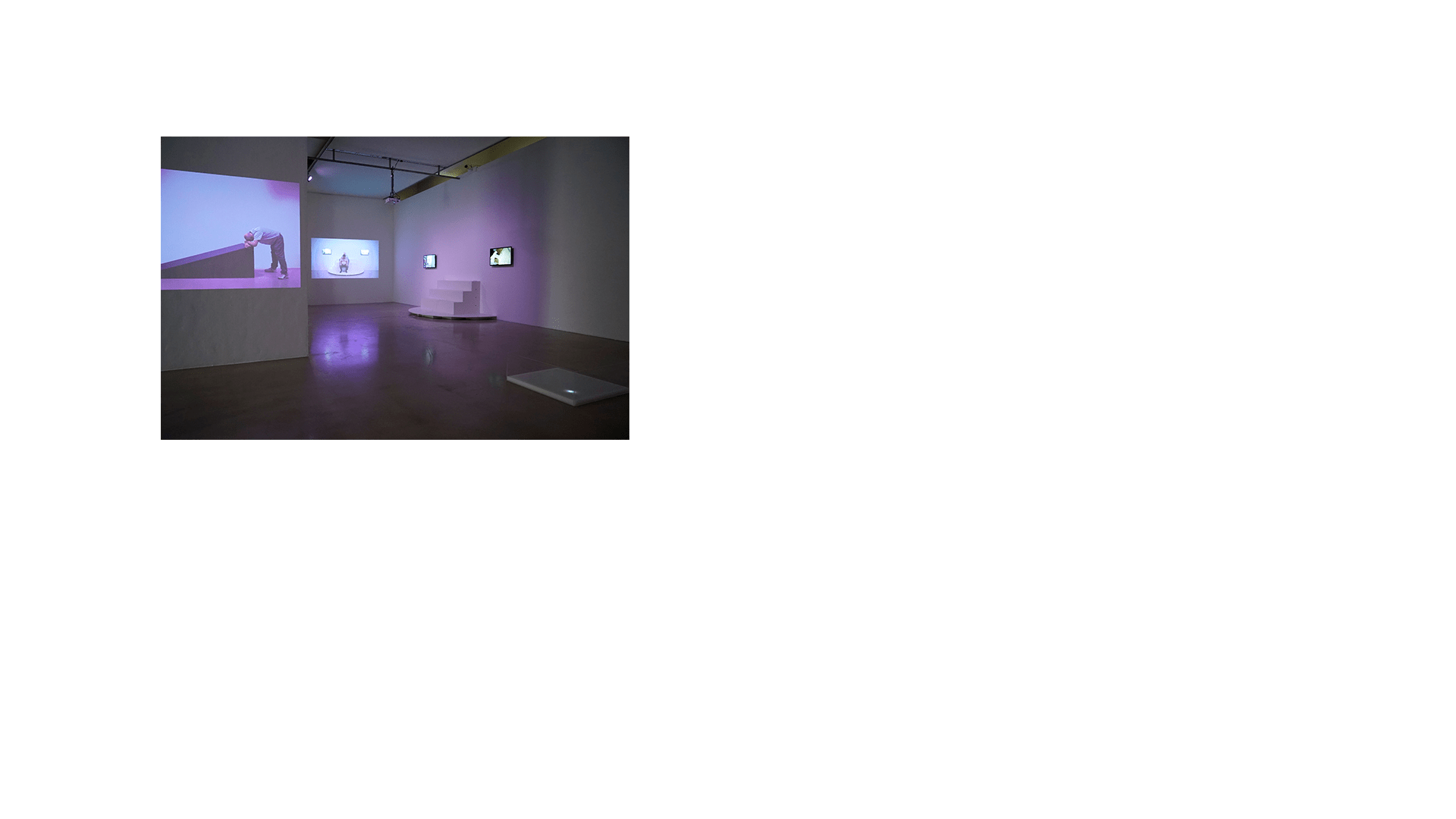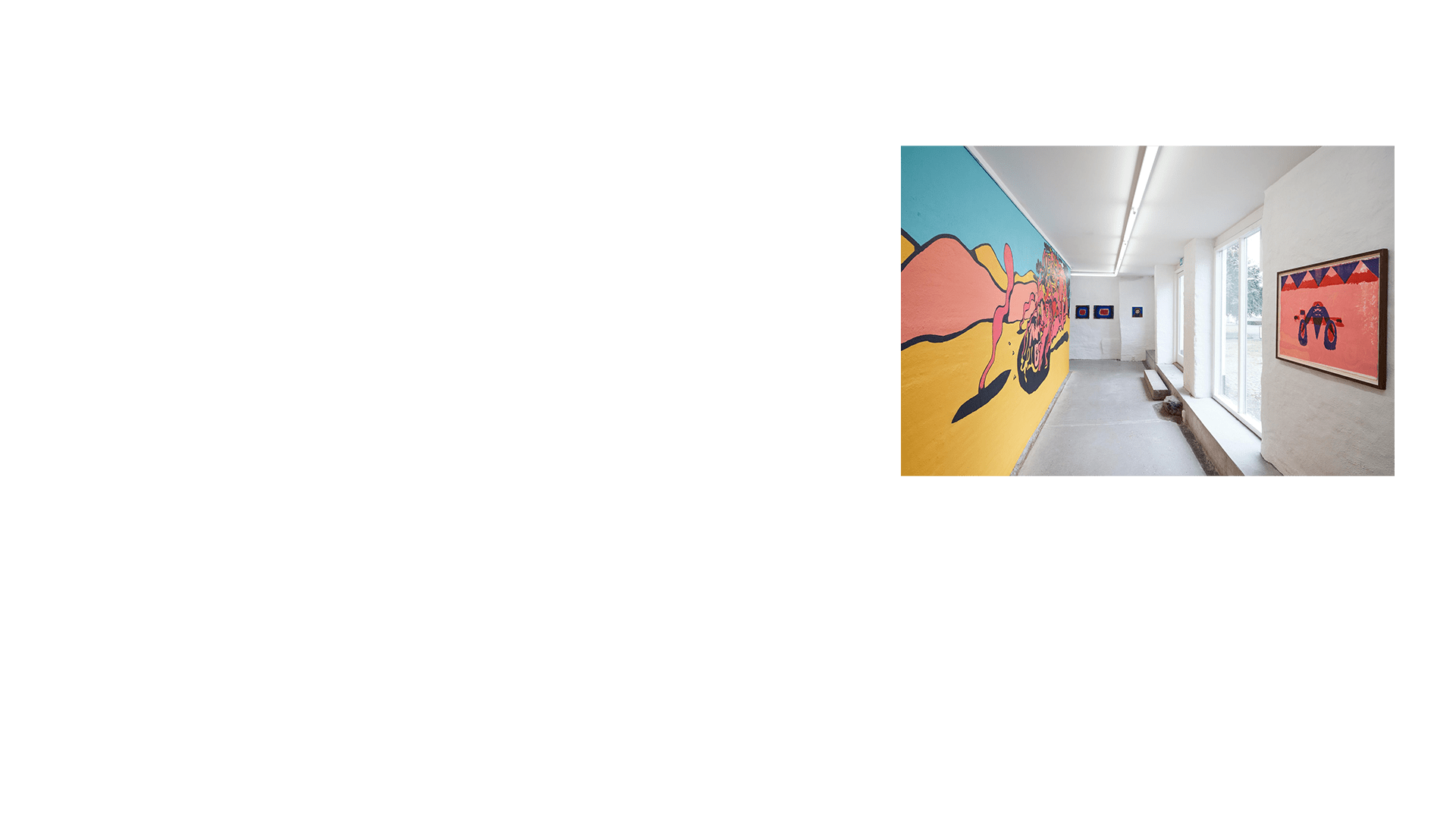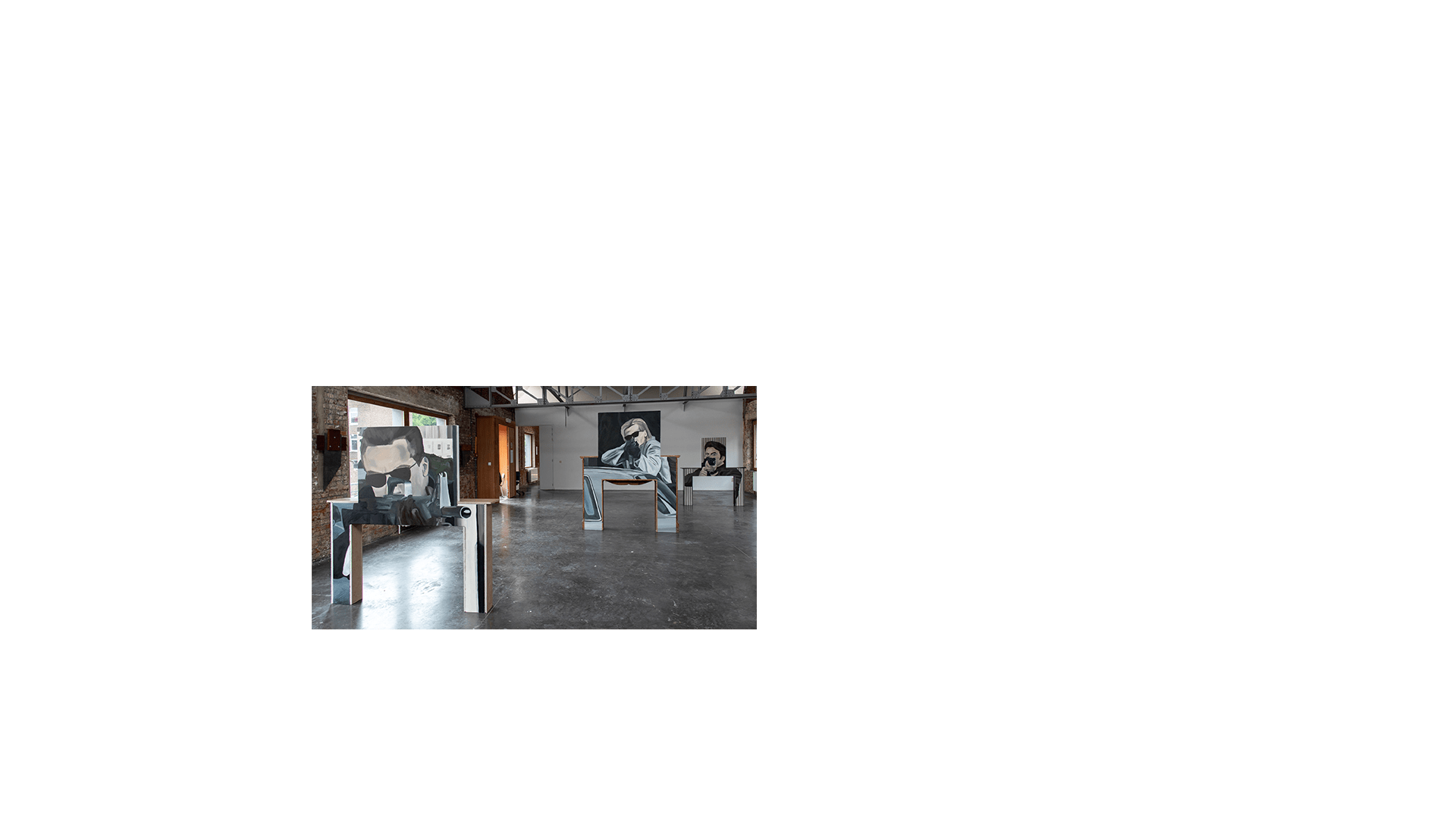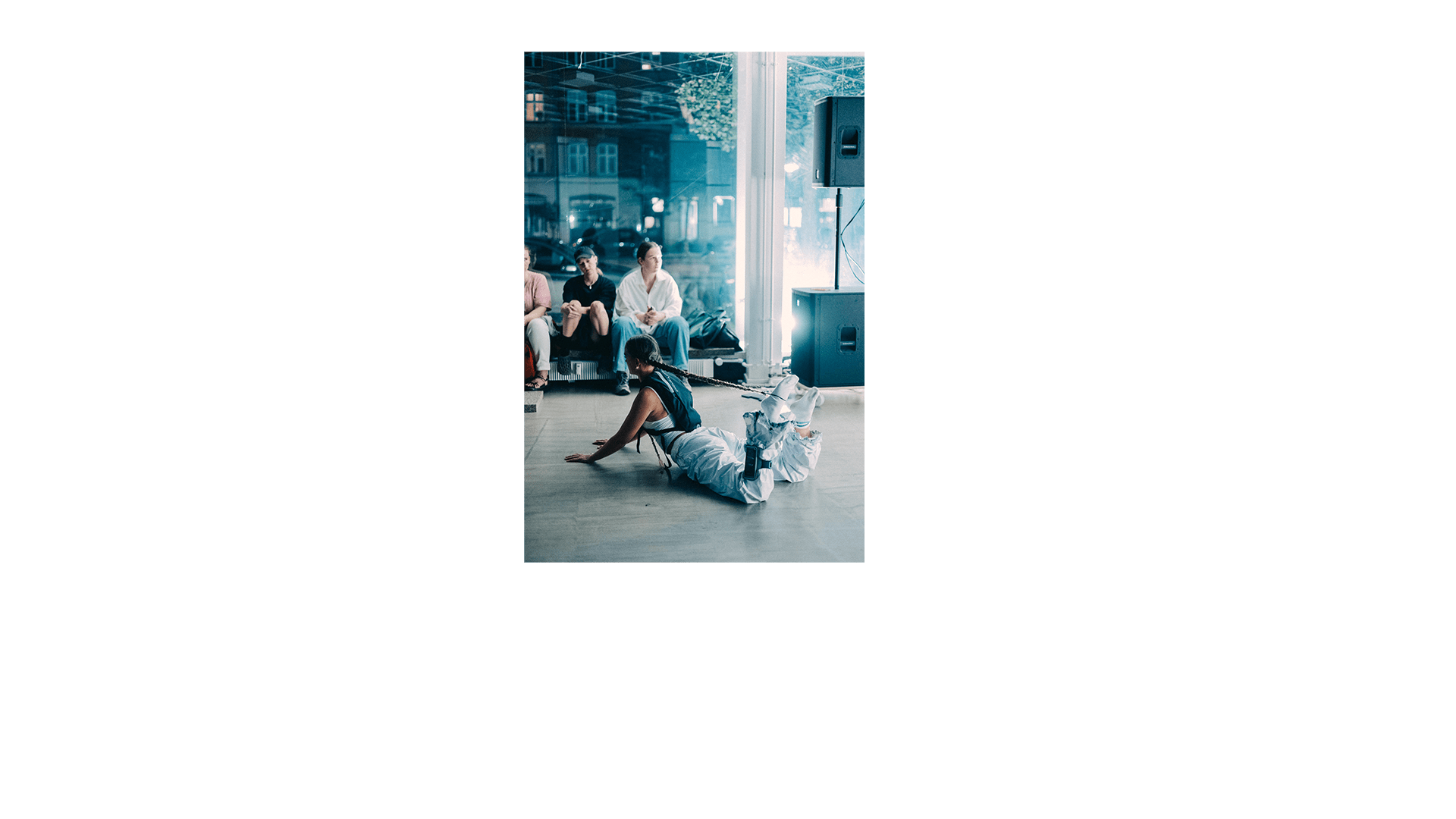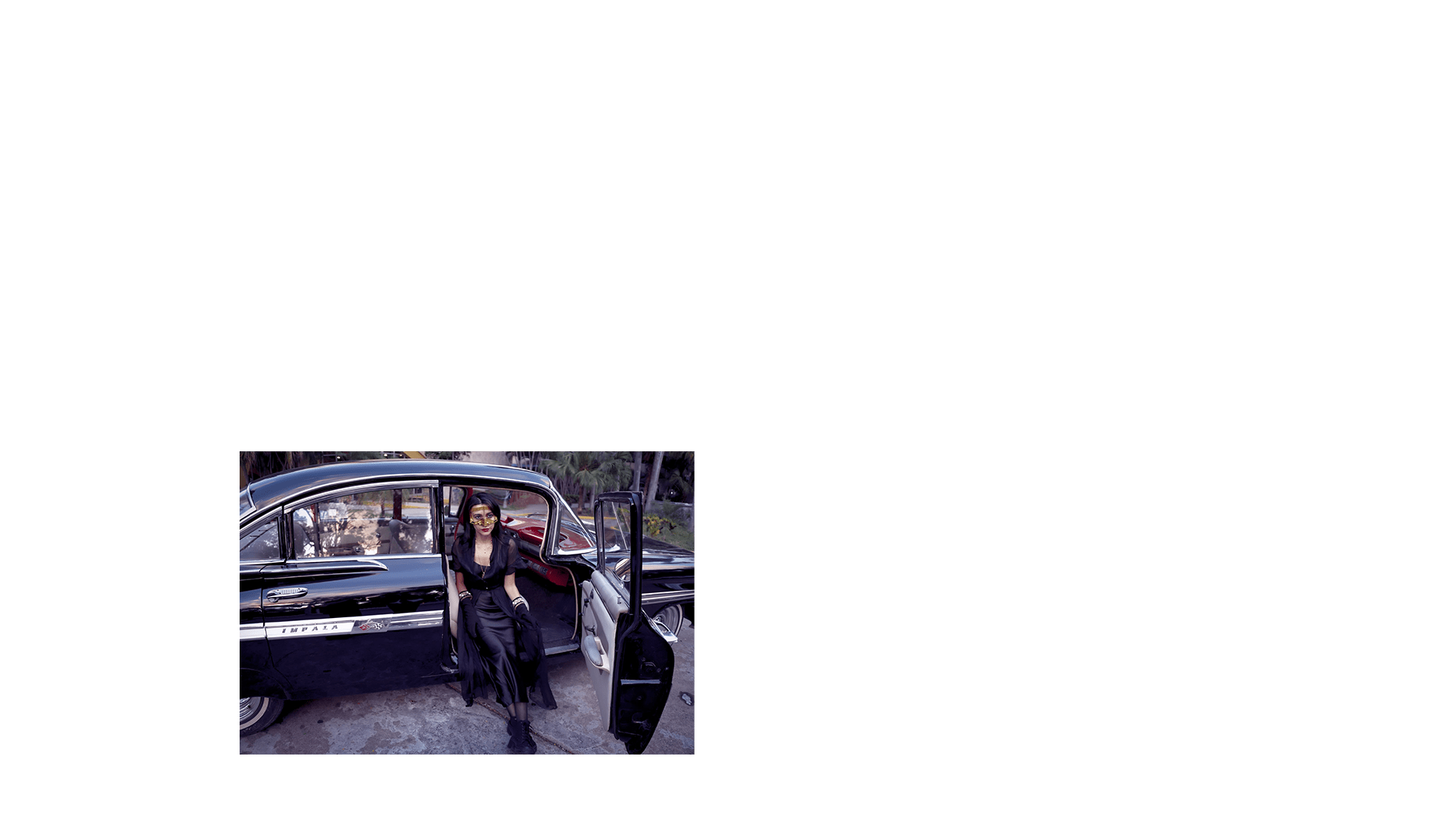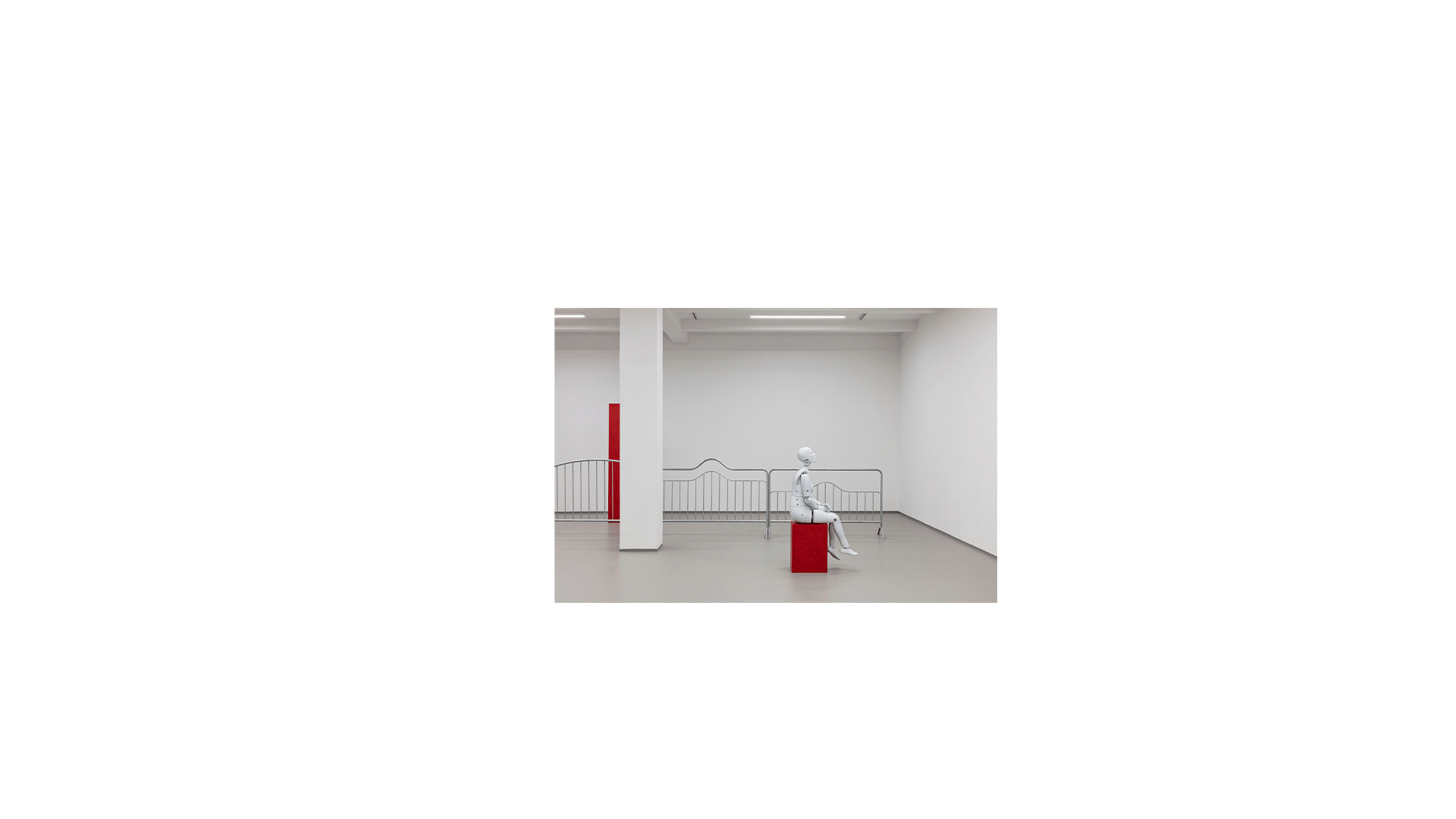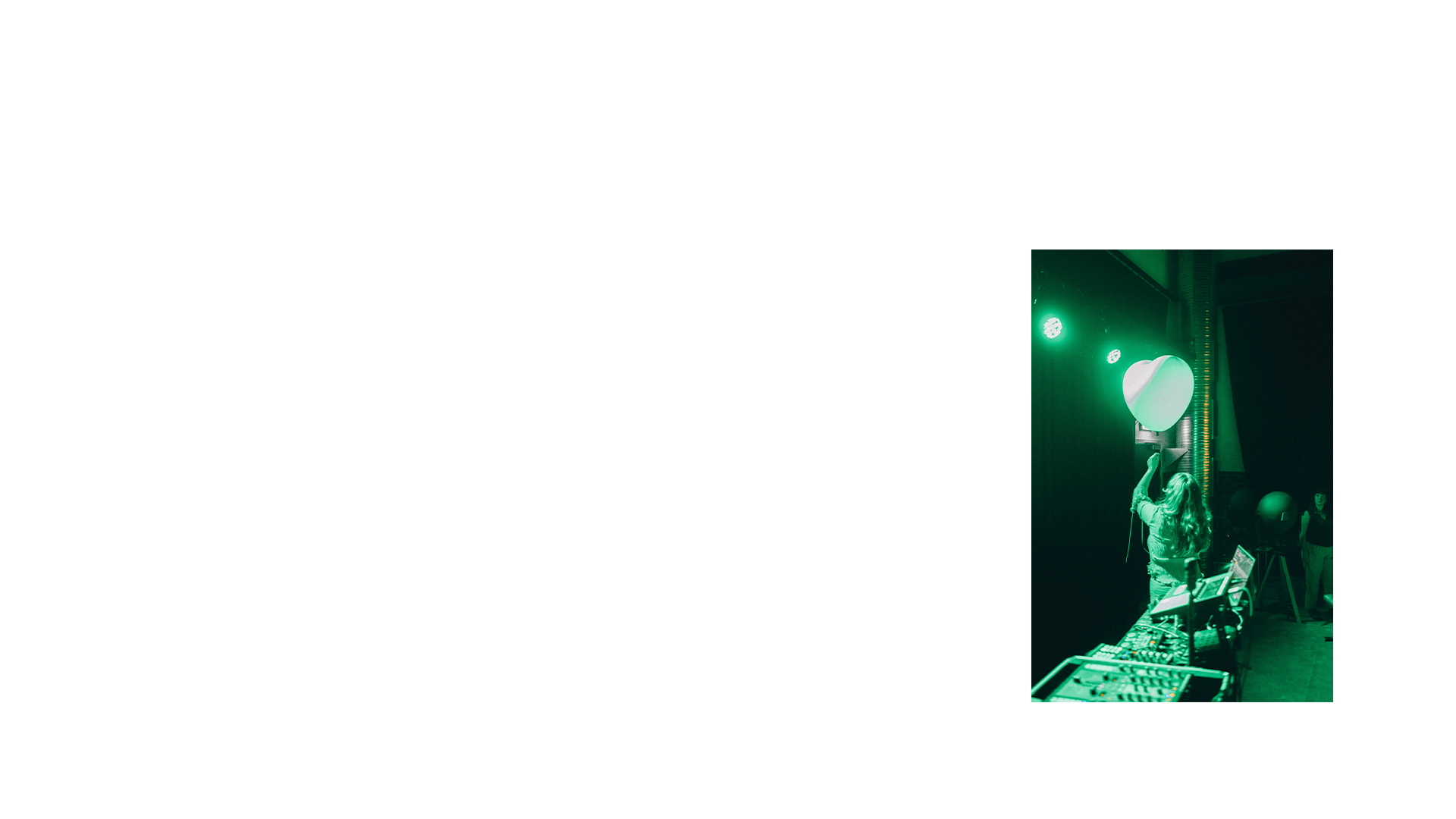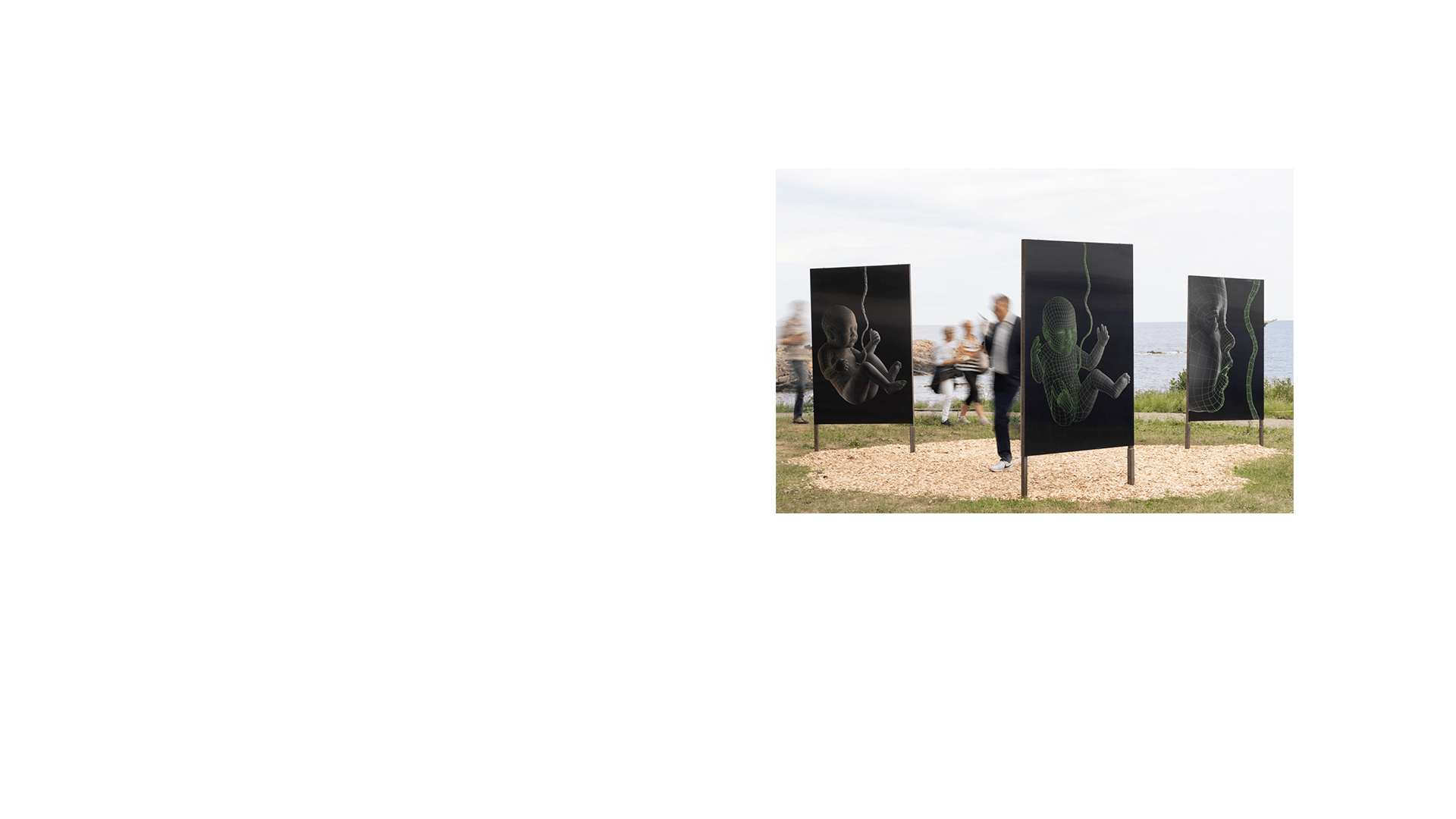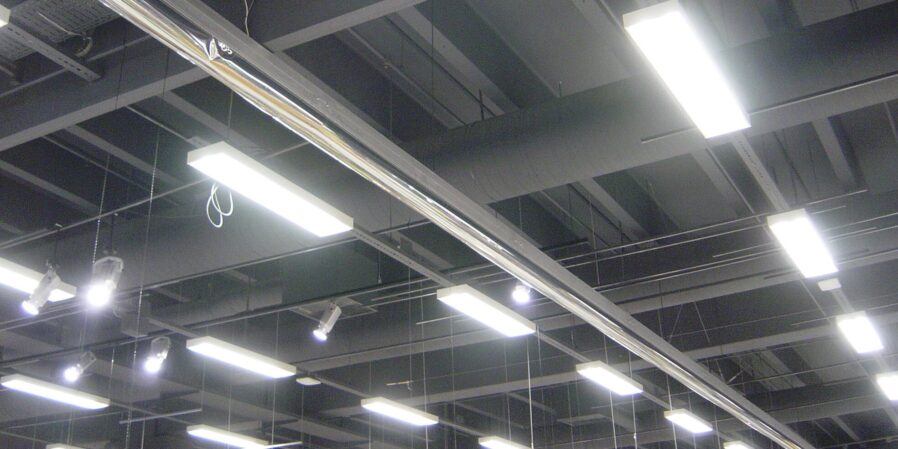 Søren Andreasen: ontotech/supermarket ceiling, 2009.
Søren Andreasen: ontotech/supermarket ceiling, 2009.
Join us for a symposium around and about transparency - a contested norm and an historical, yet undead, notion.
On Friday 16 May 2025, we invite the public to debate the dynamics and relationality of the concept together with a group of specially invited curators, artists and scholars. Through this lens, we will share experiences and analyses of contemporary art, its conditions and presuppositions.
~
ABSTRACT
As a promise of accountability and openness, transparency is fundamental to institutionality and democratic reason: it carries or signals universality and equality. In the field of culture, it designates inclusion, audience access and participation.
In visual art, the emerging profession of curating embraced transparency as a central value in the 1980s and ‘90s, reflecting its broader ascent in the language of business and public administration. In hindsight, it already played a role to ‘demystify’ exhibition-making in the late 1960s, when a shift away from traditional museological approaches made the curator and (other) relations of production behind art exhibitions actively appear.
If transparency is understood as self-explanatory, a given, it is at the same time coloured by context. The promise of transparency is entangled with social processes and dialectical tensions that may contradict it. For instance, it is a staple of decolonial theory that the oppressed subject has a right to opacity. Seen from the point of view of the ethics and poetics of difference, deferral and embodiment, enactments of transparency often gravitate towards totality and that which is expedient, already said and done.
In this way, the symposium does not propose transparency as a conclusive or singular theme, but as a focal point that comes and goes to address some of the cases and histories, practices and situations that are relevant to the current state of contemporary art.
~
PROGRAMME
10.00: Welcome and introduction by Lars Bang Larsen and Amalie Brandt
10.10: Amalie Brandt: “Transparency and artist-run spaces of the 2010s”
10.20: Lars Bang Larsen: “In the Province of Miracles”
10.30: Keti Chukhrov: “From the crisis of emancipation theories to contemporary art’s demise”
11.05: Andrea Büttner: “On shame”
11.40: Break
12.00: Paz Guevara: “Unsettling the foundations of curatorial discourse”
12.35: Stéphanie Bertrand: “Curating, transparency and impact in a polarized world”
13.10: Lunch Break
14.15: Francesco Manacorda: “The cybernetic museum: experiment or hubris?”
14.50: Laurence Rassel and Signe Frederiksen: “Polyphonic instituting – dialogue within and outside institutions”
15.25: Break
15.45: Carolyn Lazard: “Access as the means against the ends”, with response from Anne Kølbæk Iversen
16.20: Søren Andreasen: “The anarchic mist”
16.55: Break
17.15: Awa Konaté: “Towards another Nordic curatorial practice”
17.50: Closing reflections by Lars Bang Larsen and Amalie Brandt
18.00: End of symposium
~
PRACTICAL INFO
Symposium: Transparency and Its Shadows
Curated by PhD Fellow at AHC and Aarhus University Amalie Brandt, and Lars Bang Larsen, Head of Art & Research at AHC.
16 May 2025
10.00 – 18.00
Art Hub Copenhagen
Thoravej 29
2400 Copenhagen NV
Tickets for the symposium are 50 kr. and include lunch, coffee and tea. They can be bought through Billetto here.
Please notice that the seminar will be in English.
Accessibility at Thoravej 29 can be found here. The symposium with be interpreted into Danish Sign Language and CART.
~
ABSTRACTS
Amalie Brandt: “Transparency and artist-run spaces of the 2010s”
I will reflect on the case of an artist-run exhibition space that existed for about a decade (2011-2020) in Paris and discuss how transparency as solution to questions of legitimacy led to a number of dead ends.
Lars Bang Larsen: “In the Province of Miracles”
A look at the brief episode in 1990s exhibition history that was the so-called Nordic Miracle, and how it situated ’contemporary art’ through a globalized production of locality that (still, or again) requires a provincialised response.
Keti Chukhrov: “From the crisis of emancipation theories to contemporary art’s demise”
The talk will dwell on the paradoxes of the socio-political genealogy of critical theory and its role in the formation of the contemporary art. The main dilemma in this connection is the following: the notorious modernist negativity - self-destruction of art and aesthetics, - caused eventually by disappointment in the political defeat of social emancipation and Enlightenment, nowadays stands for emancipation without being one. Although art’s genealogy of self-sublation has ultimately formed its bureaucratic system and activities, art’s post-conceptual shift in the recent 15 years has encouraged art bureaucracy to rather claim being organs of emancipation than the institutes of art’s conceptual self-sublation. This shift, as well as aberration in the treatment of social emancipation, might destroy both - the potentials of emancipation, as well as the episteme of negativity and conceptual paradox inherent in contemporary art, leading to its institutional demise.
Andrea Büttner: “On shame”
I will speak about shame: About my book "shame" (2020) on art and shame and about the installation "shame punishments" (2022–23). I will also speak about anti-modernity.
Paz Guevara: “Unsettling the foundations of curatorial discourse”
By entering in the formation of the curatorial discourse through exhibition histories, this talk will avoid the triumphalist narrative centred on the subject of the curator. Instead, we will craft another narrative that unfolds the geopolitical operations of Cold War exhibitions that shaped the conditions for the emergence and consolidation of the curatorial discourse. Through the lens of exhibition histories and its spatial strategies, we will problematise the bias of curatorial discourse formation and interrogate its current crisis as it reveals the limits of the foundations of its own practice: (western capitalist) freedom. How could exhibitions form transitional models that, instead of reaffirming themselves, set in motion questions that unsettle their foundations and current state?
Stéphanie Bertrand: “Curating, transparency and impact in a polarized world” Whereas the curator’s influence has dwindled in the art world over the past 15 years, the newly emerging impacts of algorithmic curation have led to calls for a return to human curation beyond the art system. These diverging perceptions of the curator’s value in and out of the art world basically turn on a consideration of impact, which is the key to rethinking the entanglement of curation and transparency today. From its inception, curating has embraced transparency as an intrinsically beneficial value; yet, as research has shown, this can lead to several trade-offs related to trust, autonomy and control. While other societal institutions have seen steady declines in public trust, cultural institutions have retained high levels of nonpartisan trust – although correlated with a (false) perception of their neutrality. Given this trust, as well as their dialogic and cultural expertise, art institutions are uniquely equipped to play a vital role in today’s polarizing culture wars; but, doing so depends on more contextual and instrumental transparency.
Francesco Manacorda: “The cybernetic museum: experiment or hubris?”
I would like to present an experiment that was never fully realised. It was a complex institutional framework for GES-2, a new House of Culture funded by the VAC foundation in Moscow. I would like to reflect on this not as an example or prototype, but rather to take on the question by the symposium organisers around limits and roles for curators and more importantly for institutions. A recurrent condition for institutions involves over-projecting - such as in a vision stating that the museum will change society. But the highest risk connected to that is not just under-delivering but rather ignoring a mandate which is to be akin to a resonance box for the artist’s work. In my view for a museum to be connected to its cultural ecosystem it needs to have the ability to integrate feedback into the operating system in an intelligent way - one that allows the institution to be learning from its public and viceversa. However, is it possible to maintain this openness without betraying the artists and their desire? Is the museum, as Gianni Vattimo proposed, more like a pharmakon - both a remedy and a poison which therefore needs to set its own boundaries - rather than, or alongside, an agency for social transformation?
Laurence Rassel and Signe Frederiksen: “Polyphonic instituting – dialogue within and outside institutions”
In 2020, a group of artists, Agathe Boulanger, Signe Frederiksen and Jules Lagrange, met with Laurence Rassel (director of an art school based in Brussels with a past of nonprofit organisation, "new media", feminism, sci-fi and curatorship among other things) to conceive a book as a practice for all of them. In 2024, a Danish version of the book came out, under the title AT LÆRE AT GØRE (To Learn To Do) edited by artists Anne-Mette Schultz and Signe Frederiksen, with a series of new texts by artists Felis Dos, Pia Rönicke, Katrine Dirckinck-Holmfeld and Stefan Pedersen, situating the book in a Danish context, and adding perspectives to the book.
In 2025, Signe and Laurence meet again, and propose a dialogue based on each of their experience within and outside institutions. As an artist living in an artist run and occupied space, and as a director soon leaving an institution. They will use key words from the book such as 'open source', 'institutional psychotherapy', and 'institution’ to open a conversation that will be pursued with the audience. To whom are we accountable? What are the consequences of an open door? What is the cost of collective practice within a non-egalitarian ecosystem? What do we inherit and what to do with it? What are the instruments that are used or could be used to share the purposes, the tasks of the project, of the missions of the institution? And by the way, what is an institution?
Carolyn Lazard: “Access as the means against the ends”
Arts institutions have increasingly deployed accessibility within a framework of diversity, equity, and inclusion, yet these efforts predominantly manifest as protocol and policy rather than collectively-made care and infrastructure. The museum conceptualizes accessibility through the lens of procedural compliance, effectively neutralizing the potentiality of access to transform how we relate to one another. Such institutional strategies ultimately frame disability as an administrative and juridical problem to be managed rather than a generative, improvisational process.
I will address these contemporary conditions of institutional access through the framework of "access materiality." First articulated by Geelia Ronkina, this concept describes the contemporary movement of disabled artists who relate to access not as an adjunctive measure, but as the very medium of their work. While arts institutions deliver access unidirectionally as a service from institution to audience, disabled artists engage access as a dynamic, intersubjective process of collective meaning-making. By rendering access itself a primary material of artistic production, disabled artists generously reproduce the informality of care which is inseparable from life itself.
Søren Andreasen: “The anarchic mist”
Where the eye of reason sees transparency, the eyes of a scepticist see reflections and shadows. The aesthetic perspective of a scepticist is thus to investigate visual reverberation and indirection, meaning that any prospect of aesthetic judgement is always already suspended. Ruined. A brief discussion of this perspective in relation to curatorial practice will take off from Jaques Derrida’s reading of a self-portrait made by Henri Fantin-Latour (in Memoir of the Blind: The Self-Portrait and Other Ruins, 1992).
Awa Konaté: “Towards another Nordic curatorial practice”
This presentation reflects on a curatorial praxis that emerges from the margins of Nordic cultural landscapes, foregrounding Black visual culture and diasporic memory as integral to both aesthetic and political imaginaries. My work, drawing extensively from Black feminist thought, interrogates liberal representational frameworks of Blackness vis-à-vis the Nordics and Black Europe, in order to think with and through their relationalities and shared world-making. Further drawing on modes of archival engagement and circulation—namely through the platform Culture Art Society (CAS)—this presentation explores how the politics of visibility, representational mandates, and political-cultural work can both disrupt existing modalities and generate new curatorial orientations.
~
The symposium is supported by the Danish Arts Foundation.
